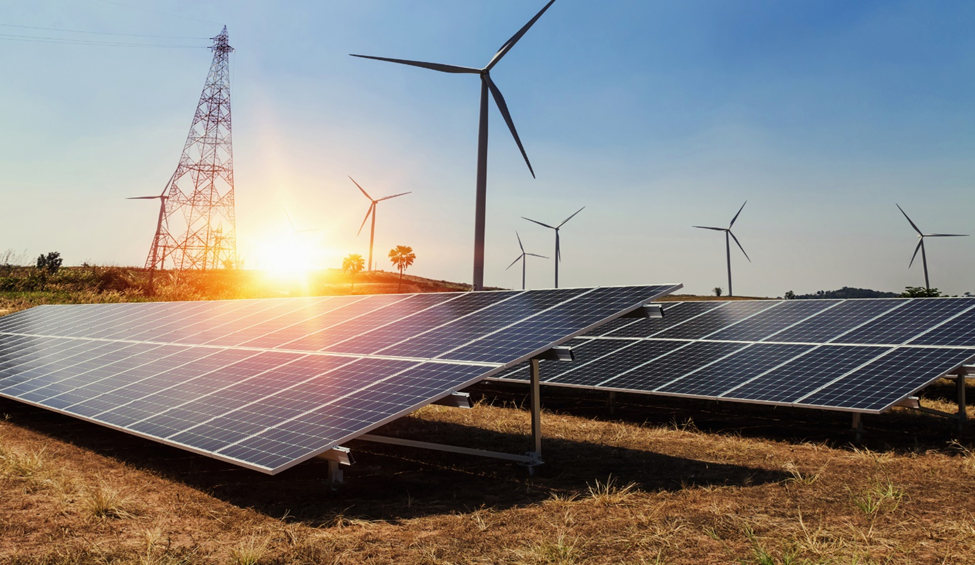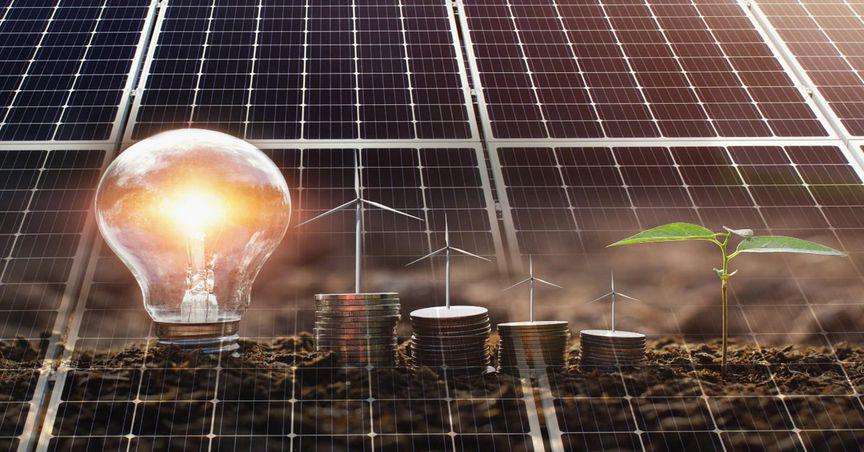Highlights
- 92% of Australia's primary energy mix in 2020-21 came from fossil fuels.
- Easy accessibility and low-cost nature of coal reserves make it difficult to opt for renewable sources.
- The near-team advantage of the resource sector and the prospects of greener companies has put fund investors in a deep dilemma to choose between them.
Australia, which holds the second spot on the list of thermal coal exporters, seems to be in dilemma these days- the county's rich hydrocarbon resources make it difficult to switch towards green and renewable sources swiftly.
According to Australian government data, approximately 71% of the country's electricity in 2021 was generated using fossil fuels. Out of the total 71%, 51% was generated using coal, and the remaining 20% was sourced by gas (18%) and oil (2%). Only 29% of the total electricity was generated via renewable sources in 2021.
The scenario is worse if we consider the data for the total energy consumption, as 92% of Australia’s primary energy mix in 2020-21 was from fossil fuels.
Huge coal reserves: a curse in disguise for Australia?
(Source: Vickifrance | Megapixl.com)
The dependency on conventional fuels, especially coal, is based on the huge reserve that the country holds. Australia's recoverable Economic Demonstrated Resources stood at 74,147 Mt of black coal and 74,039 Mt of brown coal at the end of 2020.
The easy accessibility and low-cost nature of coal reserves make it difficult for the government to opt for renewable sources even after receiving the highest solar radiation per square metre compared to any continent.
Australia's solar potential: Greater than total energy consumption

(Source: Lovelyday12 | Megapixl.com)
As per Geoscience Australia, Australia gets an average value of 58 million PJ (petajoules) radiation each year, a value which is approximately 10,000 times greater than its total energy consumption.
In addition to solar, Australia holds some of the best wind resources in the world, mainly in the southern parts of the continent.
Betting on renewable sources: Australia’s pension funds dilemma
The huge resource sector of Australia used to hold odds in favour for long decades. However, the global inclination towards greener sources has turned the tables and made the renewable industry a pretty lucrative prospect to bet upon.
This situation has made it very difficult for Australia's pension funds, which have made a fortune and become the third-largest retirement-savings pool by investing the majority of its funds in Australia's resource sector, specifically in fossil fuels and iron.
2022 favoured fossil fuel as the commodity that saw exceptional returns by virtue of the commodity crunch following the Russia-Ukraine war. Companies operating in the fossil fuels sector have still been able to continue their businesses with a relativey longer runway. However, the transition towards a greener and cleaner economy will be closely watched by authorites and investors.
Switching towards more sustainable companies: a risky affair for investors?
Considering Australian resource sector's huge potential, switching towards greener energy might be difficult for big fund managers. The sector has performed exceptionally well, with energy and utilities outperforming the market in 2022. But the question is- can fund managers afford to switch from the predominant resources industry while pursuing zero-emissions goals?
Besides, the potential of the new age environmental, social, and governance (ESG) driven companies may reap good returns in long periods. And since superannuation funds are more of a long-term thing, the future may see a shift towards greener firms.
In essence, the movement of funds from conventional fossil fuel-based investments to ESG-driven companies may accelerate the transition towards a cleaner future.


